-
 bitcoin
bitcoin $122090.672462 USD
1.59% -
 ethereum
ethereum $4493.758974 USD
0.56% -
 xrp
xrp $3.033145 USD
0.65% -
 tether
tether $1.000629 USD
0.00% -
 bnb
bnb $1169.854250 USD
7.07% -
 solana
solana $230.954786 USD
-0.19% -
 usd-coin
usd-coin $0.999785 USD
0.00% -
 dogecoin
dogecoin $0.256108 USD
-1.12% -
 tron
tron $0.342333 USD
-0.12% -
 cardano
cardano $0.859632 USD
-0.10% -
 hyperliquid
hyperliquid $48.932146 USD
-2.25% -
 chainlink
chainlink $22.345466 USD
-1.29% -
 ethena-usde
ethena-usde $1.000217 USD
-0.03% -
 avalanche
avalanche $31.203456 USD
1.93% -
 sui
sui $3.579145 USD
1.05%
How to calculate Coinbase contract margin
Understanding the components and formulas for calculating Contract Margin is crucial for successful risk management and profit maximization in Coinbase's Contract Margin trading service for cryptocurrencies.
Nov 08, 2024 at 07:24 am
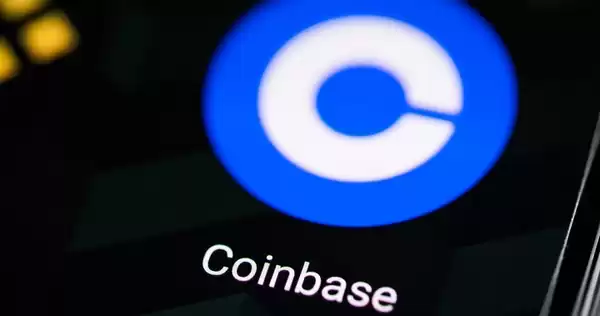
How to Calculate Coinbase Contract Margin
Coinbase, a leading cryptocurrency exchange, provides a Contract Margin trading service that allows users to trade with leverage. Contract Margin trading involves borrowing funds from the exchange to increase the potential profits from a trade. However, it also amplifies the potential losses.
Understanding how to calculate Coinbase Contract Margin is crucial for effective risk management and profit maximization. This comprehensive guide will delve into the steps involved in calculating Contract Margin, addressing common questions and providing detailed explanations.
1. Understanding the Components of Contract Margin
1.1 Initial Margin:Initial margin is the minimum amount of funds required to open a Margin position. It serves as collateral to cover potential losses and is expressed as a percentage of the contract value. Coinbase typically sets the initial margin between 1-40%, depending on the underlying asset and market volatility.
1.2 Maintenance Margin:Maintenance margin is the minimum margin level that must be maintained to keep a Margin position open. When the margin level falls below the maintenance margin, the exchange may issue a Margin Call, requiring the trader to add more funds or close the position.
1.3 Margin Level:The margin level is a ratio that measures the trader's equity in relation to the value of the open position. It is calculated as the trader's account balance divided by the total amount borrowed for the position.
2. Calculating Contract Margin Using Formulas
2.1 Initial Margin Calculation:Initial Margin = Initial Margin Rate * Contract ValueFor example, if the initial margin rate is 5% and the contract value is $10,000, the initial margin required is $500.
2.2 Margin Level Calculation:Margin Level = Account Balance / Total Margin BorrowedFor example, if the account balance is $2,000 and the total margin borrowed is $1,000, the margin level is 2.0.
3. Margin Requirements for Different Contract Types
3.1 Futures:- Initial Margin: Varies based on the crypto asset and volatility
- Maintenance Margin: Typically 10% of the contract value
- Initial Margin: Calculated based on the option premium and volatility
- Maintenance Margin: Typically 50% of the initial margin
- Initial Margin: Fixed between 1-10%, depending on the underlying asset
- Maintenance Margin: Typically lower than initial margin
4. Managing Contract Margin for Effective Risk Mitigation
4.1 Monitoring Margin Level:Traders should regularly monitor their margin level to ensure it is above the maintenance margin. Falling below the maintenance margin can trigger a Margin Call, forcing the position to be closed or additional funds to be deposited.
4.2 Leverage Considerations:Leverage amplifies both profits and losses. High leverage can increase the potential for substantial gains, but it also magnifies the risk of significant losses. Traders must determine an appropriate leverage level based on their risk tolerance and trading strategy.
4.3 Risk Management Strategies:Effective risk management strategies can help protect traders from potential losses, such as using stop-loss orders to limit downside risk, diversifying across multiple trades, and hedging positions with options or futures.
5. Additional Tips for Coinbase Contract Margin Trading
5.1 Start Small:Begin with small trades to gain familiarity with Contract Margin trading and manage risk effectively.
5.2 Practice Risk Management:Implement sound risk management strategies to mitigate losses and protect profits.
5.3 Understand Market Dynamics:Stay informed about market trends and news to make informed trading decisions.
5.14 Keep Learning:Continuous education and research are essential for successful Contract Margin trading.
Disclaimer:info@kdj.com
The information provided is not trading advice. kdj.com does not assume any responsibility for any investments made based on the information provided in this article. Cryptocurrencies are highly volatile and it is highly recommended that you invest with caution after thorough research!
If you believe that the content used on this website infringes your copyright, please contact us immediately (info@kdj.com) and we will delete it promptly.
- BlockDAG, DOGE, HYPE Sponsorship: Crypto Trends Shaping 2025
- 2025-10-01 00:25:13
- Deutsche Börse and Circle: A StableCoin Adoption Powerhouse in Europe
- 2025-10-01 00:25:13
- BlockDAG's Presale Buzz: Is It the Crypto to Watch in October 2025?
- 2025-10-01 00:30:13
- Bitcoin, Crypto, and IQ: When Genius Meets Digital Gold?
- 2025-10-01 00:30:13
- Stablecoins, American Innovation, and Wallet Tokens: The Next Frontier
- 2025-10-01 00:35:12
- NBU, Coins, and Crypto in Ukraine: A New Yorker's Take
- 2025-10-01 00:45:14
Related knowledge
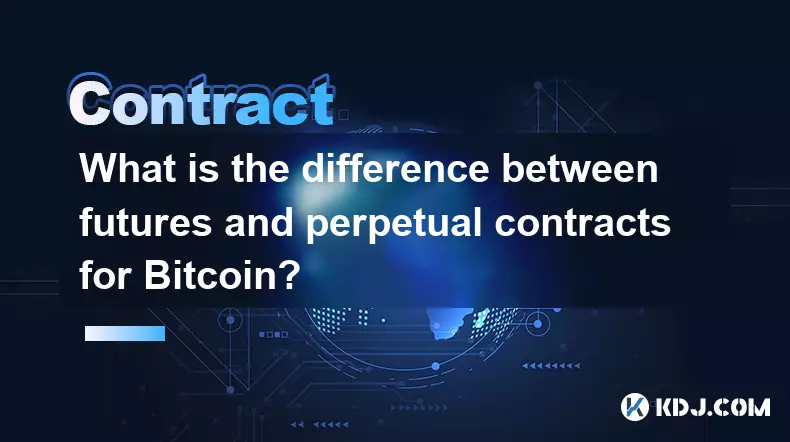
What is the difference between futures and perpetual contracts for Bitcoin?
Oct 02,2025 at 11:54pm
Understanding Bitcoin Futures Contracts1. Bitcoin futures are derivative instruments that allow traders to speculate on the future price of Bitcoin at...
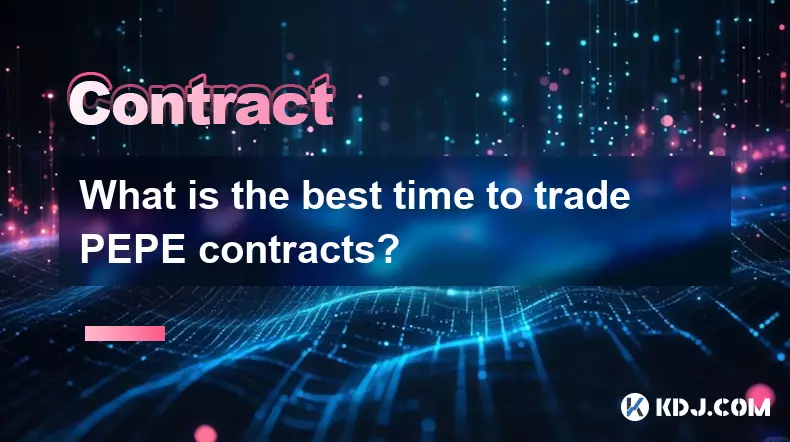
What is the best time to trade PEPE contracts?
Oct 03,2025 at 11:54am
Understanding PEPE Contract Volatility1. PEPE contracts exhibit extreme price fluctuations due to their meme-based nature and low market cap. Trading ...
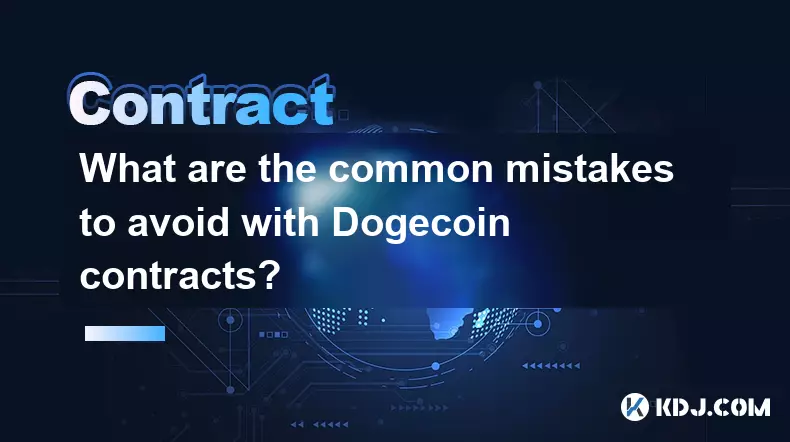
What are the common mistakes to avoid with Bitcoincoin contracts?
Oct 03,2025 at 08:54am
Emerging Trends in the Cryptocurrency Market1. Decentralized finance (DeFi) platforms continue to expand their influence across the blockchain ecosyst...

What is the maintenance margin for Bitcoin contracts?
Oct 02,2025 at 01:36am
Decentralized Exchanges Gain Momentum in 20241. Decentralized exchanges (DEXs) have seen a significant rise in trading volume, surpassing centralized ...
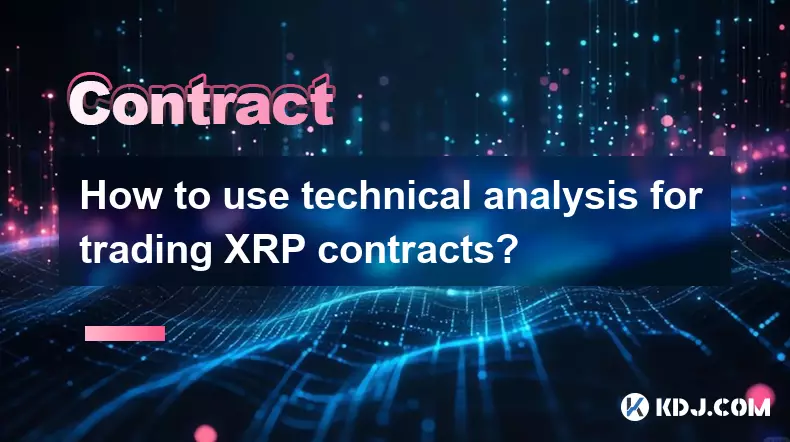
How to use technical analysis for trading XRP contracts?
Oct 03,2025 at 01:18pm
Understanding Price Patterns in XRP Futures1. Identifying chart patterns such as triangles, head and shoulders, and double tops or bottoms can provide...

What does "longing" PEPE contracts mean?
Oct 03,2025 at 11:54pm
Understanding Decentralized Exchanges in the Crypto Ecosystem1. Decentralized exchanges (DEXs) operate without a central authority, allowing users to ...

What is the difference between futures and perpetual contracts for Bitcoin?
Oct 02,2025 at 11:54pm
Understanding Bitcoin Futures Contracts1. Bitcoin futures are derivative instruments that allow traders to speculate on the future price of Bitcoin at...

What is the best time to trade PEPE contracts?
Oct 03,2025 at 11:54am
Understanding PEPE Contract Volatility1. PEPE contracts exhibit extreme price fluctuations due to their meme-based nature and low market cap. Trading ...

What are the common mistakes to avoid with Bitcoincoin contracts?
Oct 03,2025 at 08:54am
Emerging Trends in the Cryptocurrency Market1. Decentralized finance (DeFi) platforms continue to expand their influence across the blockchain ecosyst...

What is the maintenance margin for Bitcoin contracts?
Oct 02,2025 at 01:36am
Decentralized Exchanges Gain Momentum in 20241. Decentralized exchanges (DEXs) have seen a significant rise in trading volume, surpassing centralized ...

How to use technical analysis for trading XRP contracts?
Oct 03,2025 at 01:18pm
Understanding Price Patterns in XRP Futures1. Identifying chart patterns such as triangles, head and shoulders, and double tops or bottoms can provide...

What does "longing" PEPE contracts mean?
Oct 03,2025 at 11:54pm
Understanding Decentralized Exchanges in the Crypto Ecosystem1. Decentralized exchanges (DEXs) operate without a central authority, allowing users to ...
See all articles










































































